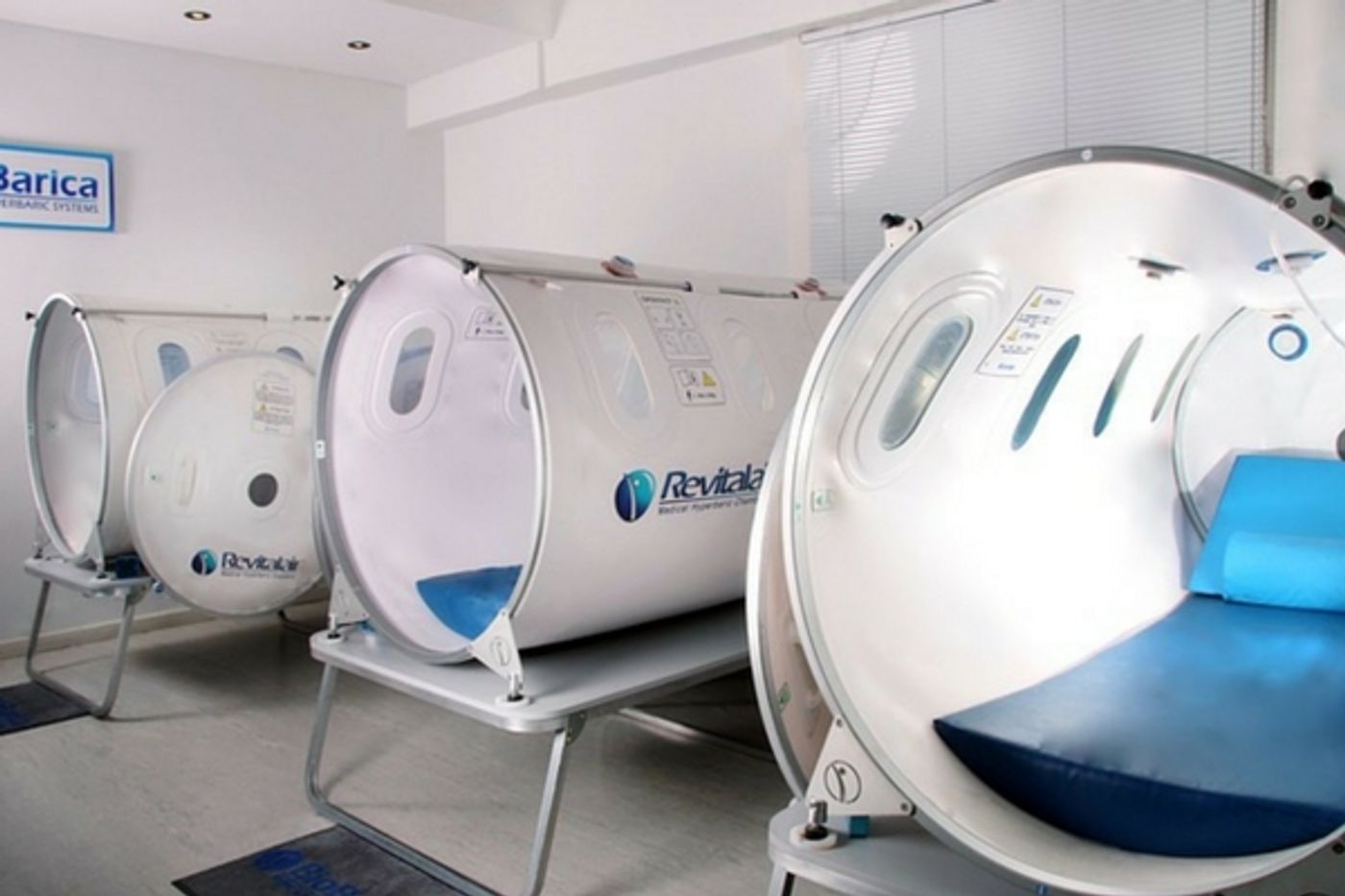Brain Damage is Reversed in Drowning Victim
Hyperbaric oxygen therapy (HBOT) is used to treat decompression sickness, which can develop after scuba diving, wounds or ulcers that result from diabetes, brain abscesses, skin grafts and many other conditions. It involves the patient being placed in a chamber that is pressurized to three times the level of the air we breathe normally.
In addition to increased air pressure, the patient breathes in pure 100% oxygen. The result is that oxygen is forced into all areas of the body. Central nervous system fluids, bone, and muscle tissue all get an infusion of rich oxygen in HBOT. The lungs can also take in much more oxygen in a hyperbaric chamber than when breathing normal room air. Much research into HBOT is happening to see if it can be used in other ways such as treating stroke patients, traumatic brain injuries, or patients who have developed dementia.
Headlines were made recently when doctors reported on the case of Eden Carlson, a toddler who had experienced cardiac arrest and a devastating brain injury after nearly dying after a cold water drowning accident in the swimming pool at her home. Eden was submerged underwater for almost 15 minutes and after resuscitation was virtually unresponsive. MRI scans at Arkansas Children's Hospital, where she was initially treated showed, "deep gray matter injury and cerebral atrophy with gray and white matter loss." Her parents brought her home, unsure of if she would ever regain any normal function.
In researching what more could be done for Eden, her parents contacted Dr. Paul Harch, a Clinical Professor and Director of Hyperbaric Medicine at LSU Health New Orleans School of Medicine. He and a colleague, Dr. Edward Fogarty, at the University of North Dakota School of Medicine, advised therapy first with oxygen administered at Eden's home for 90 minutes a day. Eden began oxygen therapy 55 days after her accident. Breathing this pure oxygen was a temporary fix that could hopefully prevent tissue from degenerating until she could be treated in a hyperbaric oxygen chamber. Her parents reported that there was a significant improvement in Eden's responses after these sessions. She became more alert, could move her hands and arms and even regained some speech.
78 days after her accident she began treatment in a hyperbaric oxygen chamber at Louisiana State University Medical Center. She was placed in the machine for 45 minutes a day, five days a week. This continued for 40 sessions. Before each session, she was examined for any neurological changes. After just ten sessions, Eden's mother reported that she was almost back to normal except for gross motor skills including walking. At this point, she started physical therapy.
The level of improvement in Eden's impairment was stunning to doctors and her family. After 39 sessions of HBOT, she was walking with minor assistance, had normal cognition, a speech level above what she had before her accident and was able to discontinue all of her medications. Scans that were conducted 27 days and 162 days after her last HBOT session showed only mild residual injury and almost complete reversal of the cortical and white matter damage to her brain. In a press release, Dr. Harch explained how the use of oxygen inhalation followed by HBOT could have been key factors, stating, "The startling regrowth of tissue, in this case, occurred because we were able to intervene early in a growing child, before long-term tissue degeneration. Although it's impossible to conclude from this single case if the sequential application of normobaric oxygen then HBOT would be more effective than HBOT alone, in the absence of HBOT therapy, short duration, repetitive normobaric oxygen therapy may be an option until HBOT is available. Such low-risk medical treatment may have a profound effect on recovery of function in similar patients who are neurologically devastated by drowning." Dr. Harch and Dr. Fogarty detailed Eden's treatment in a case report published in the journal Medical Gas Research. The video below looks at Eden's case, and while all involved agree that more work needs to be done, the results in this one instance do seem truly miraculous.
Sources: Newsweek, LSU, Medical Gas Research









